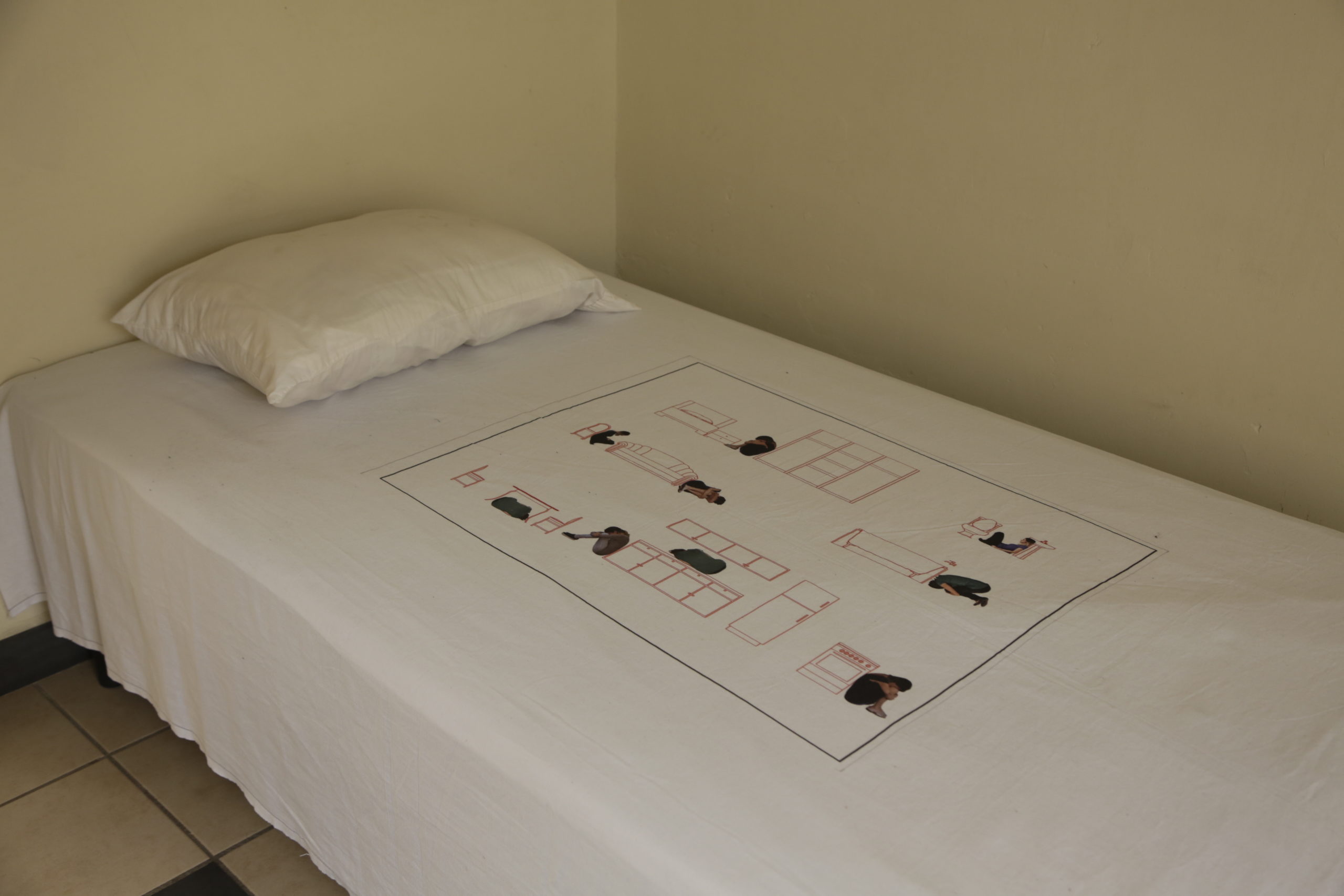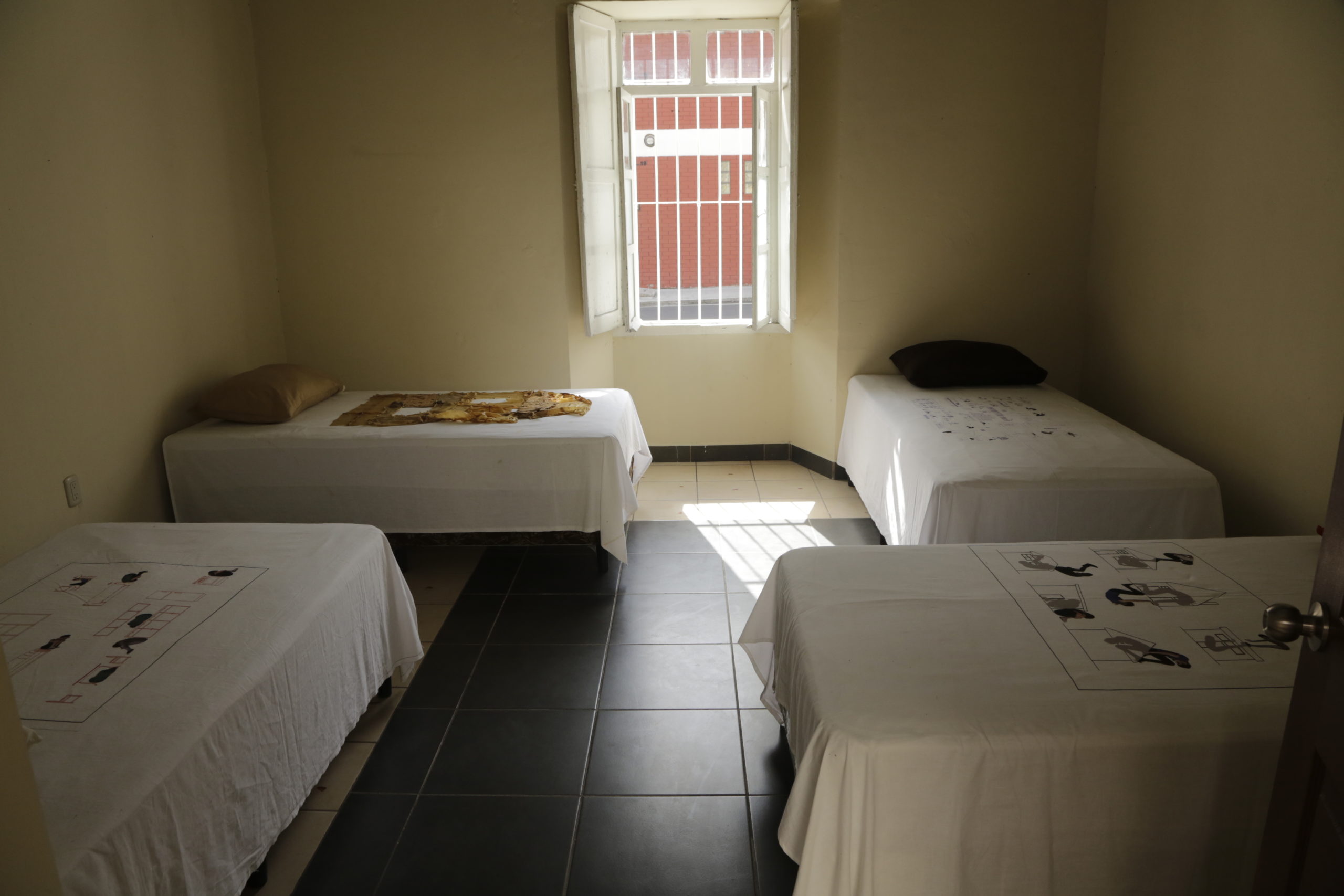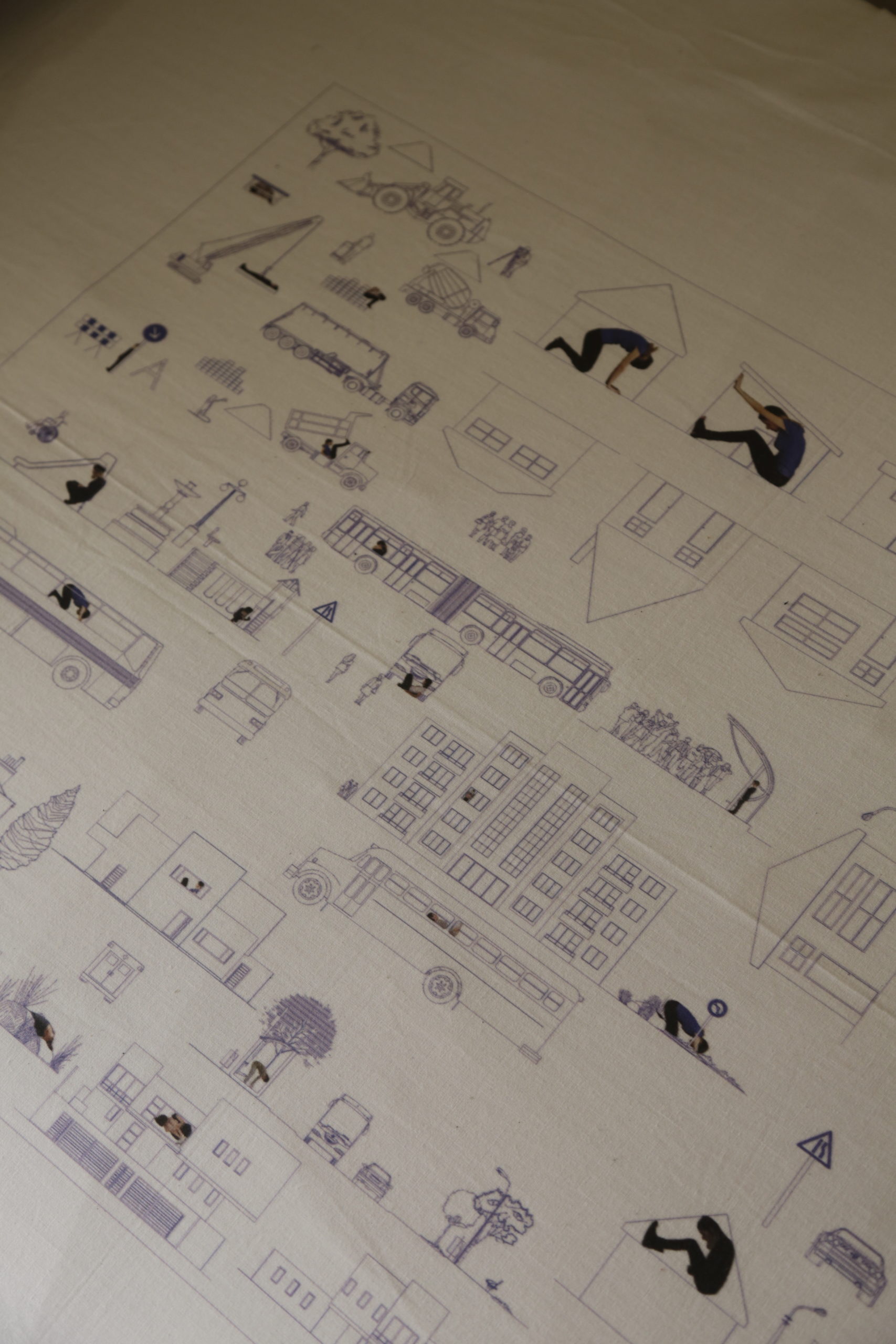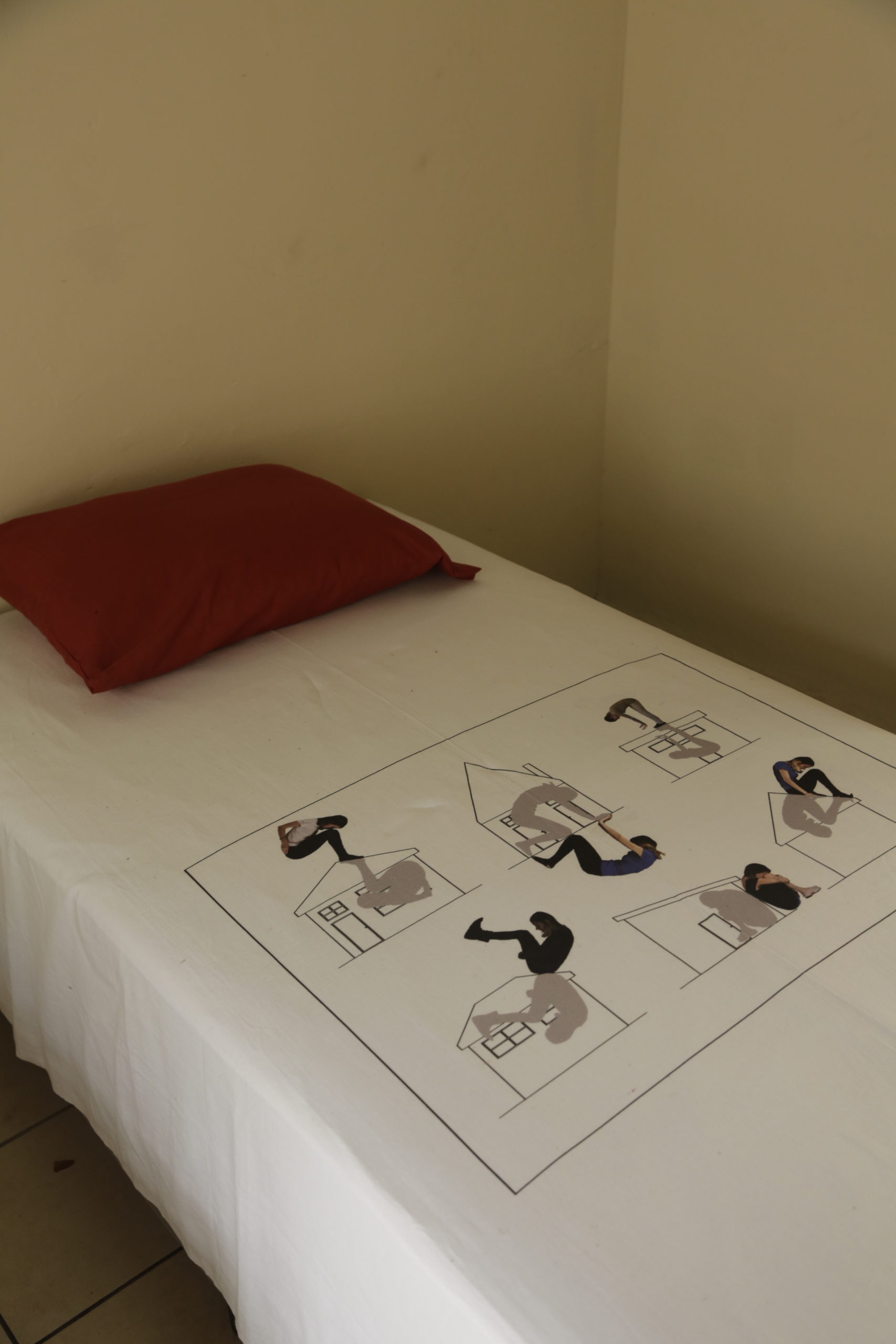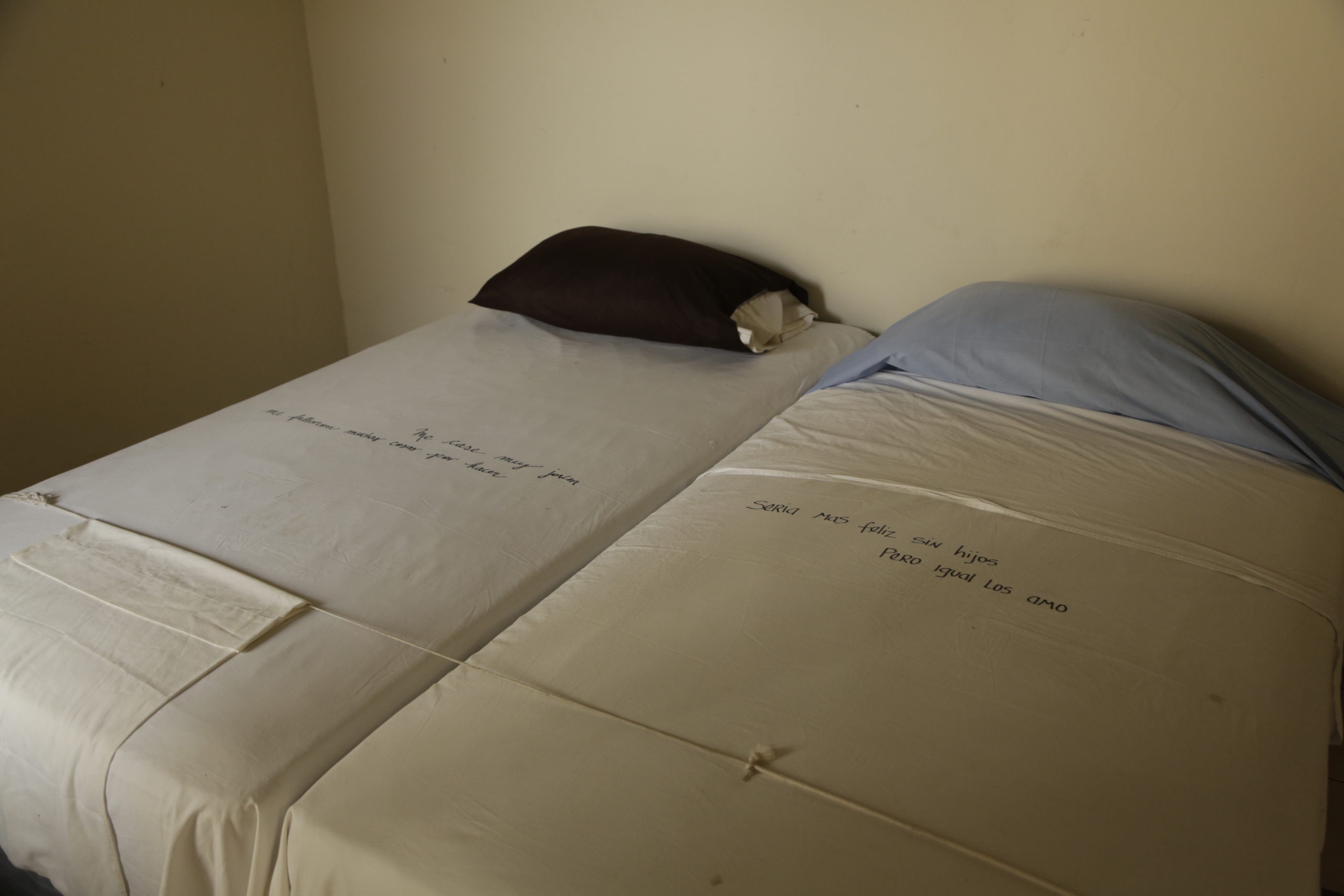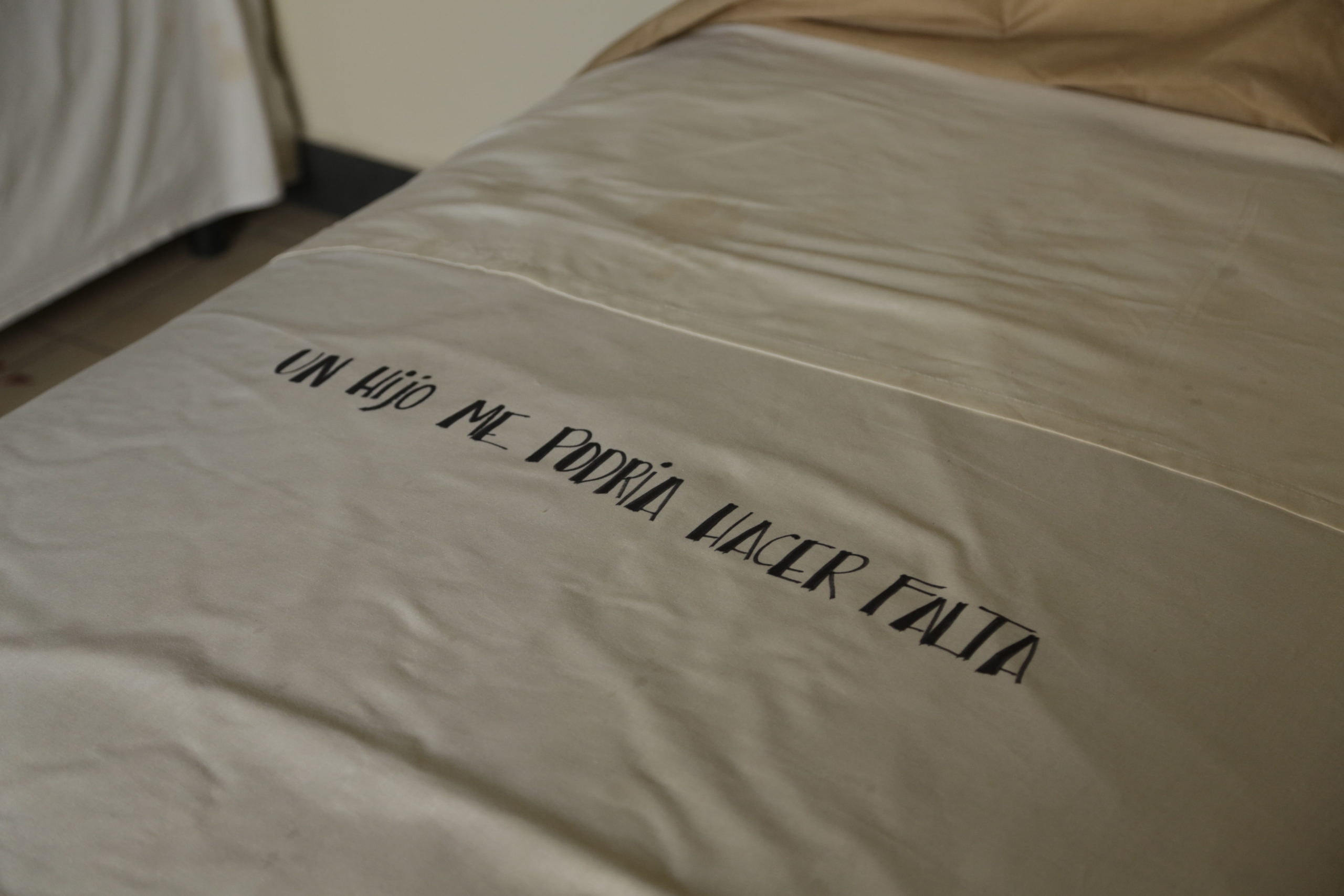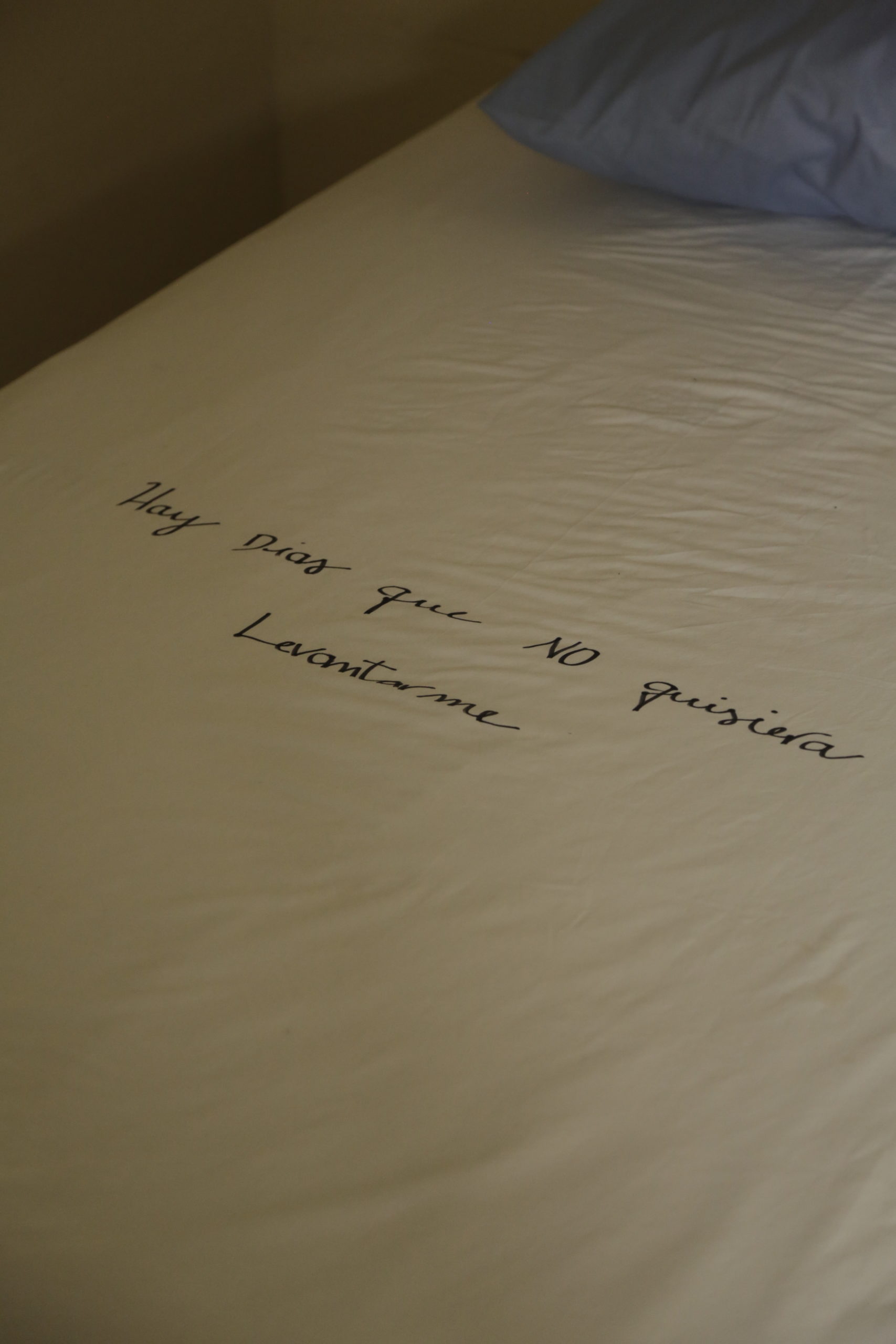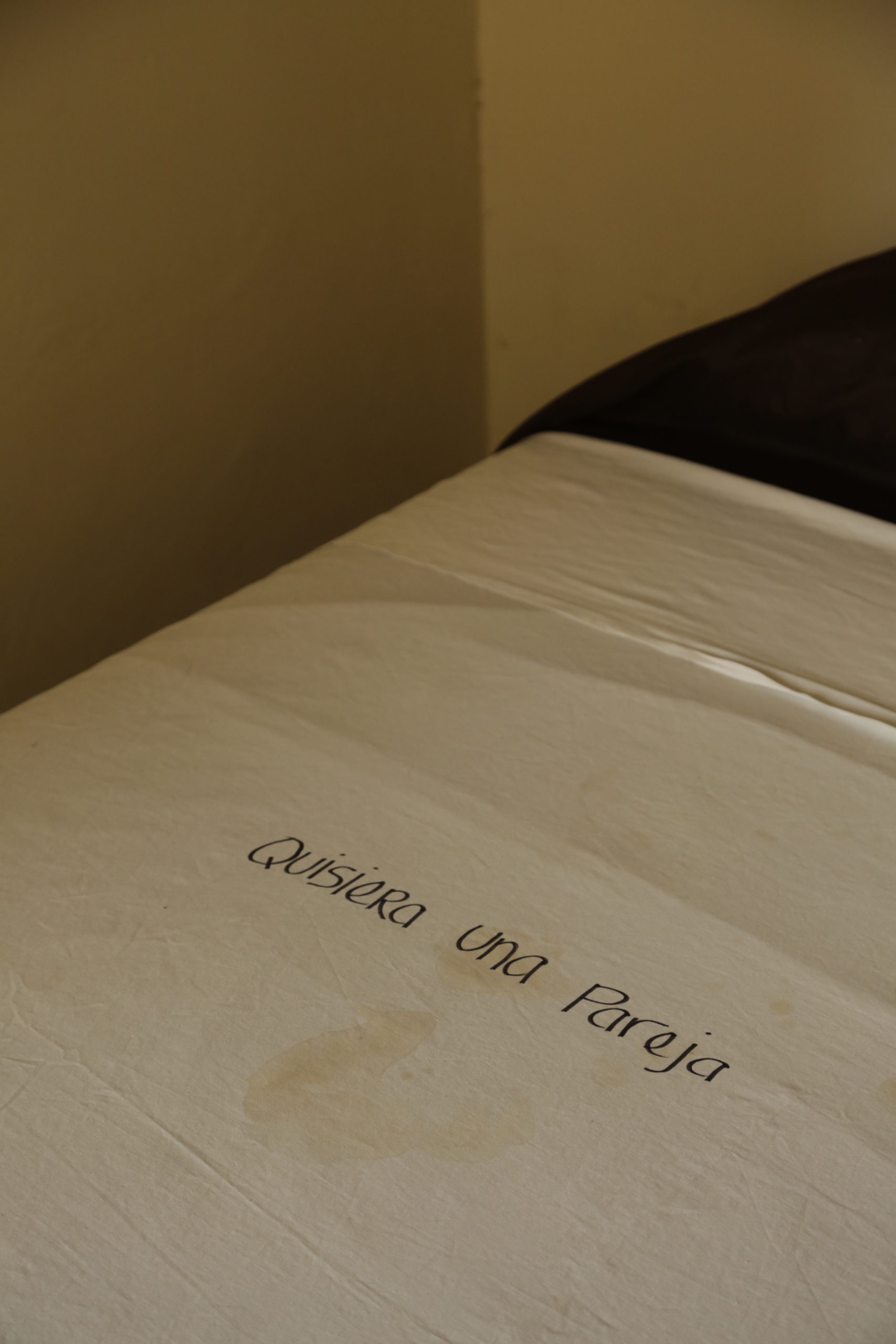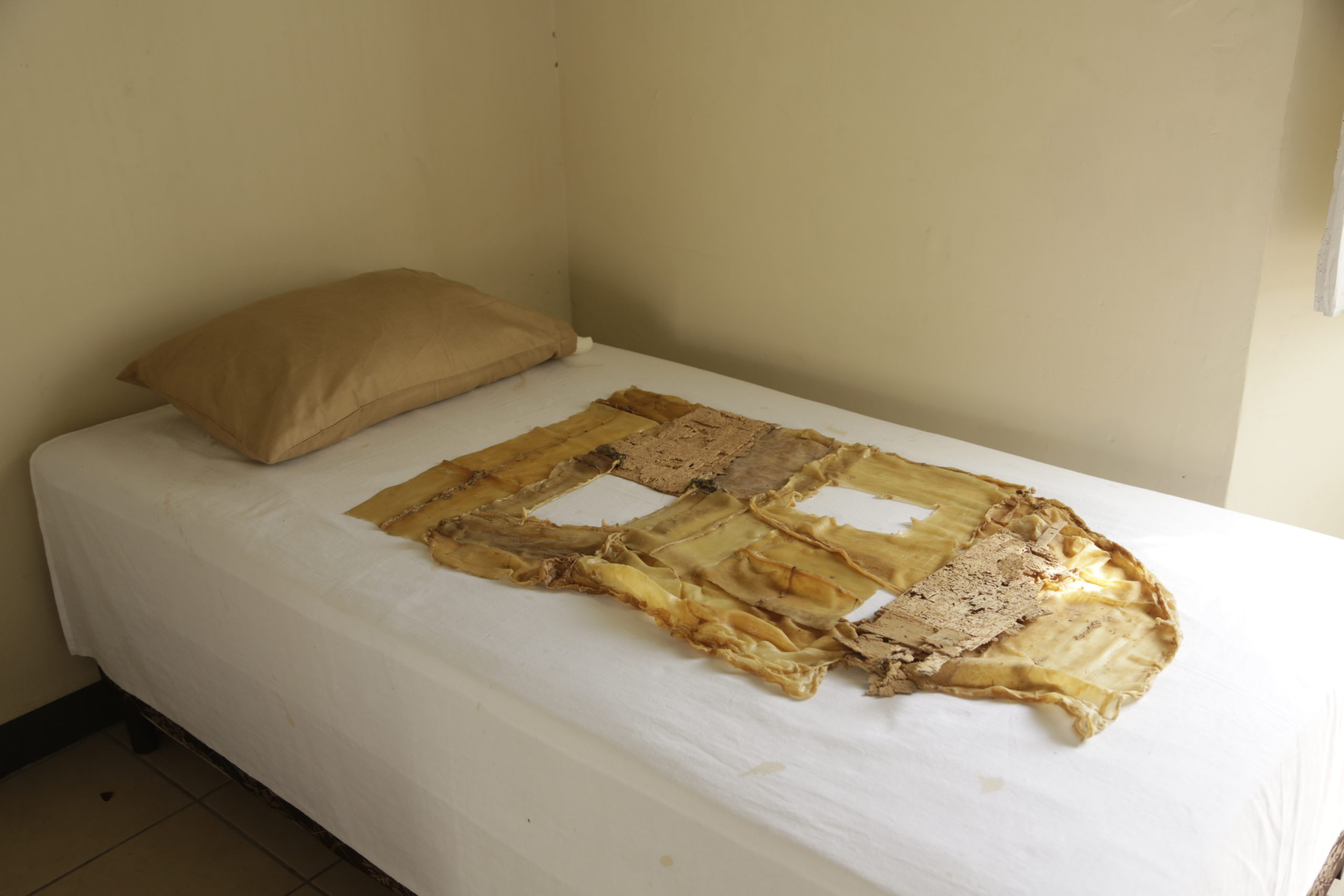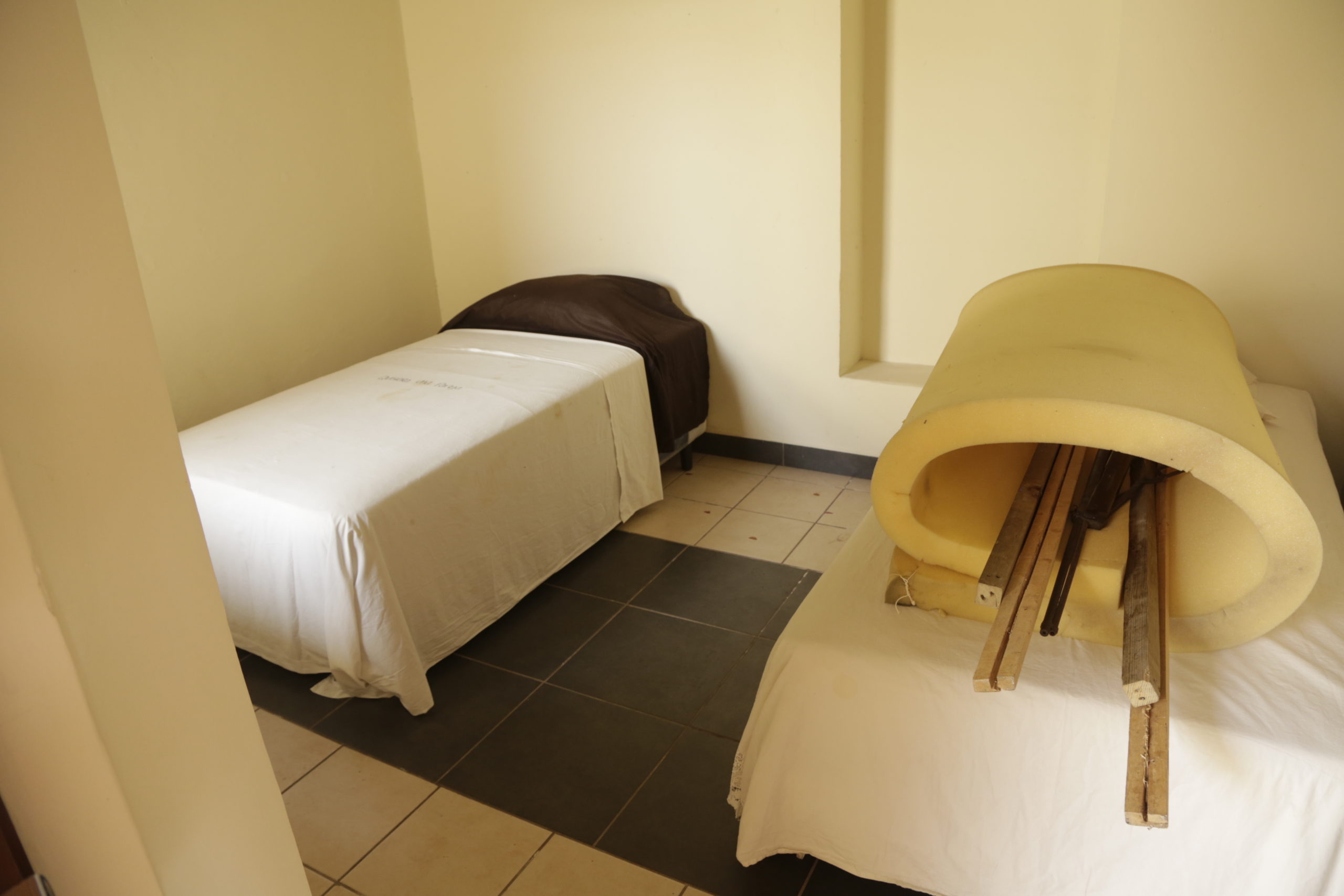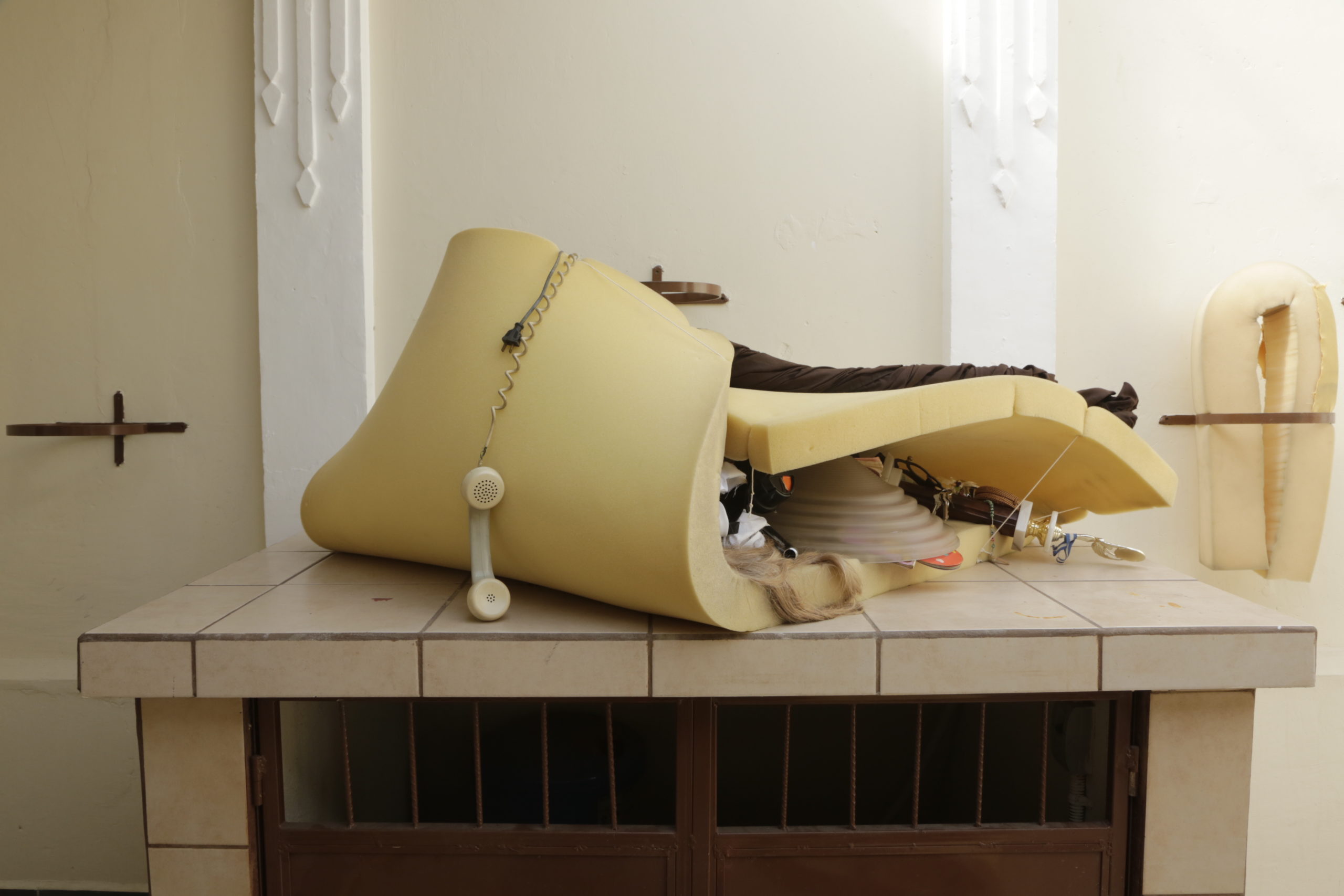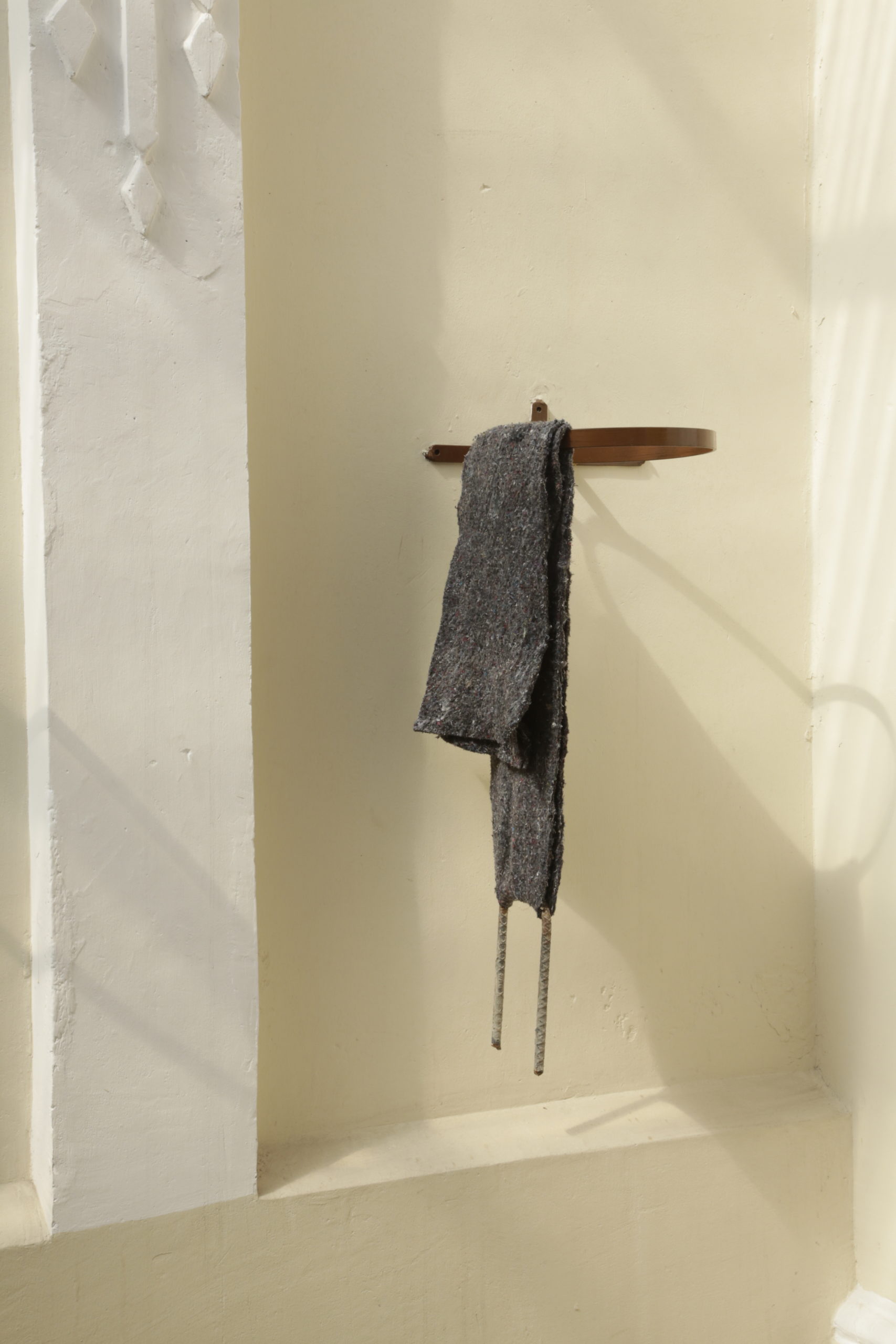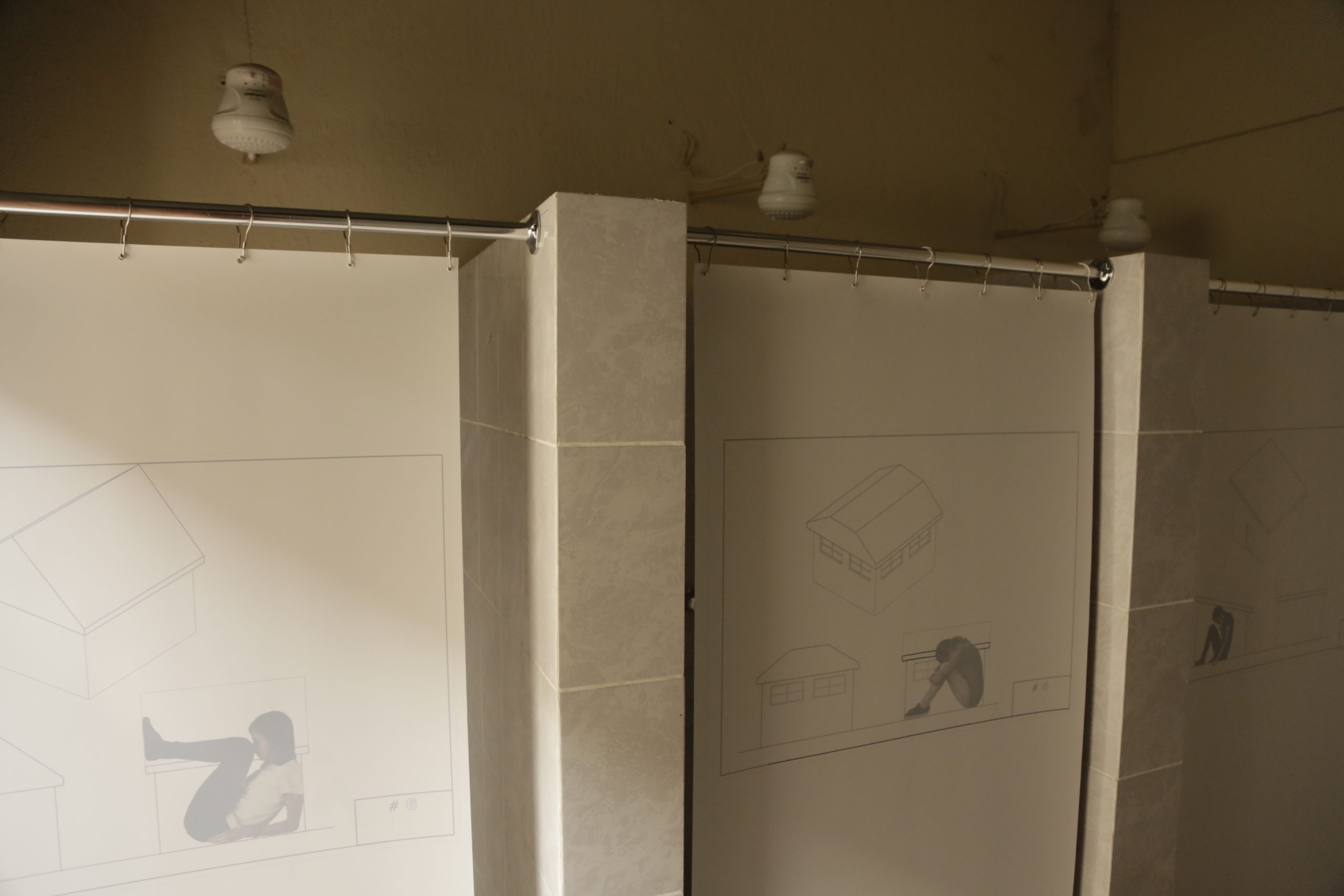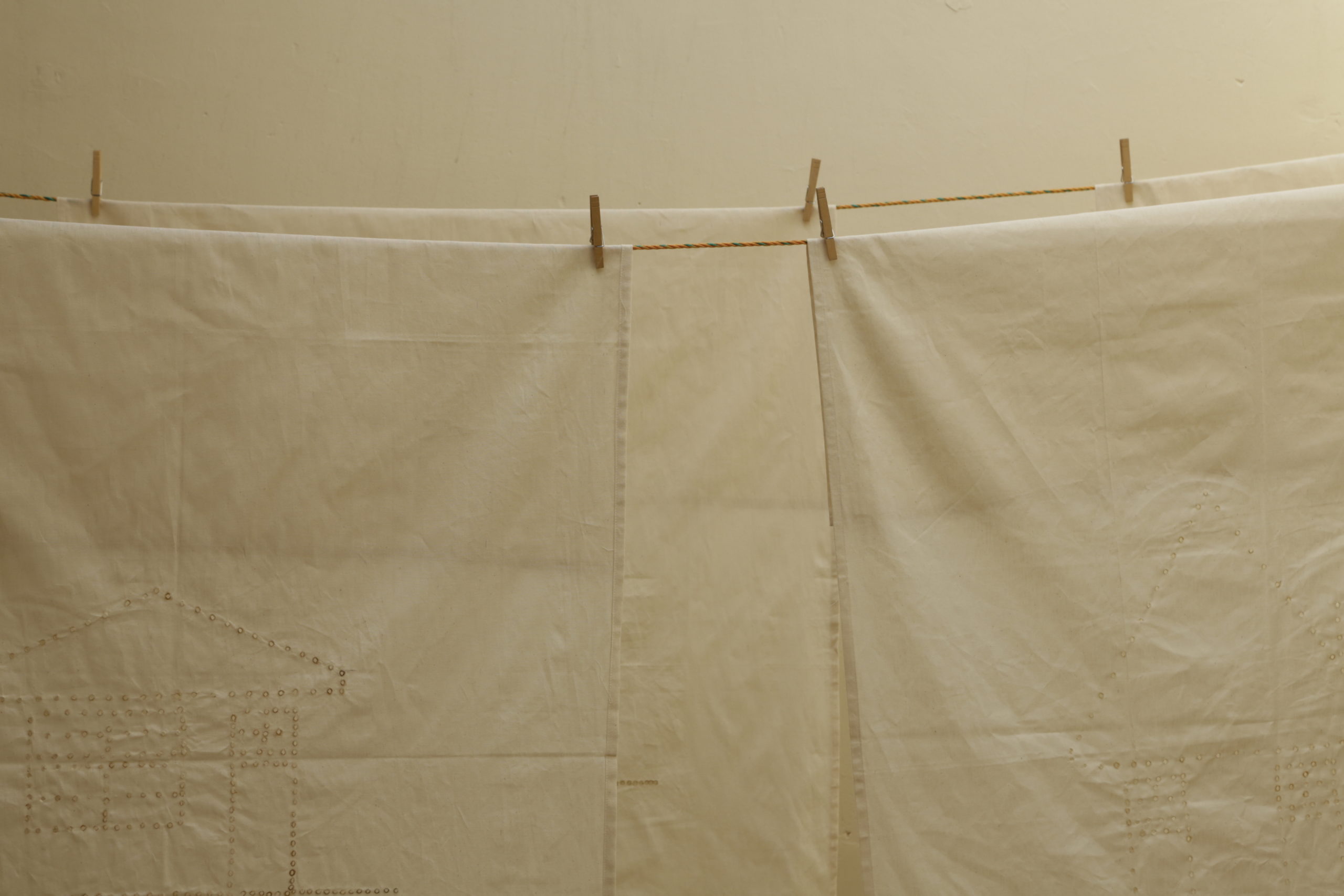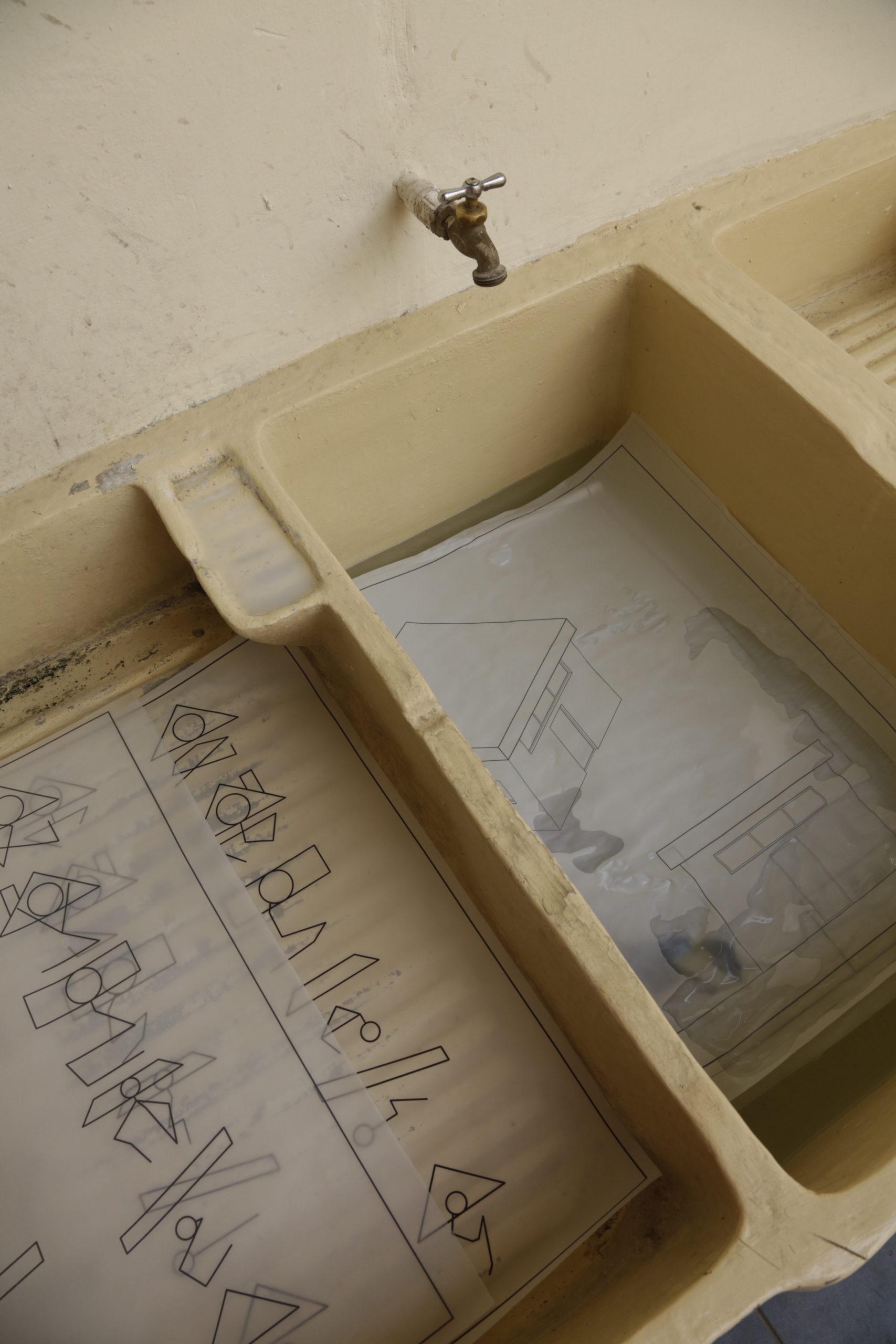2016
Intervention in an abandoned house in the center of Guatemala City.
Text by: Rosina Cazalli
Ines Verdugo’s work is a work in progress where a series of associations pile up like building blocks. As Louis Bourgeois once pointed out: “memory, on its own, is a form of architecture”. Spaces defined as “houses” bear importance significance for Inés, just as they once did for Bourgeois in a different time, place, and generation.
Through her work, that inhabitable space remains a universal confirmation of the transcendence of that first significant space in an individual’s life, in the confirmation of his first wishes, his thoughts about the future, or the accumulation of his innermost insecurities. That is, through a subjectivity that, later, will be released in a public space and scrutinized by society, that will probably not coincide with that of others and will spend the rest of its days in search of meaning.
That is how Ines’s most recent project, entitled Asylum, begins as a formal exercise rather and an emotional one in order to establish balance. The drawing of a prototype kind of house, like the doll house we used to draw as children (gabled roof at 45 degrees, two lateral walls and floor) is measured against her own body. Its longitude, dimension, extension, size, volume, magnitude, proportion, quantity or scale represent herself. Through this unit of measure, the artist will attempt to suggest that it is not simply about accumulating personal anecdotes but rather about establishing a type of methodology based on the sum of the “corporeal measures” of the physical space in relation to something as volatile as the emotional state. In the end, the narrative possibility is open to the decision and interpretation of each spectator.
But we must insist: the different works that integrate the exhibit (drawings, videos, gestures, of brief and transitory premises) seek to expose the corporeal and material part of a being, in contrast to their psychic part. For Inés, who holds a degree in Special Education; each work, each project, each decision, relation or constructions results in an inquiry process to recognize evidence of the importance an object so concrete as “the house” continues to hold in the perpetuity of adulthood fears; how is it that this construction entitled ‘house’ continues to produce insecurities.
In the specific case of women, how does this place represent the female heredity, establishes lineages, or, on the contrary, the determination toward emancipation. As is the case with the somatic discipline –the field of work that studies the perception of the body in the first person, from inside each individual – Ines Verdugo’s work is revealed as an invitation to measure, calculate, add, subtract, multiply, and divide with our own bodies, that extremely symbolic space, that shelter filled with contradiction that both attracts and repels us.
After receiving the proper warning that anecdotes are of no consequence here, the intention of this project is to explore the complex human relationship with that spatial and emotional dimension –a priori- known as home.
